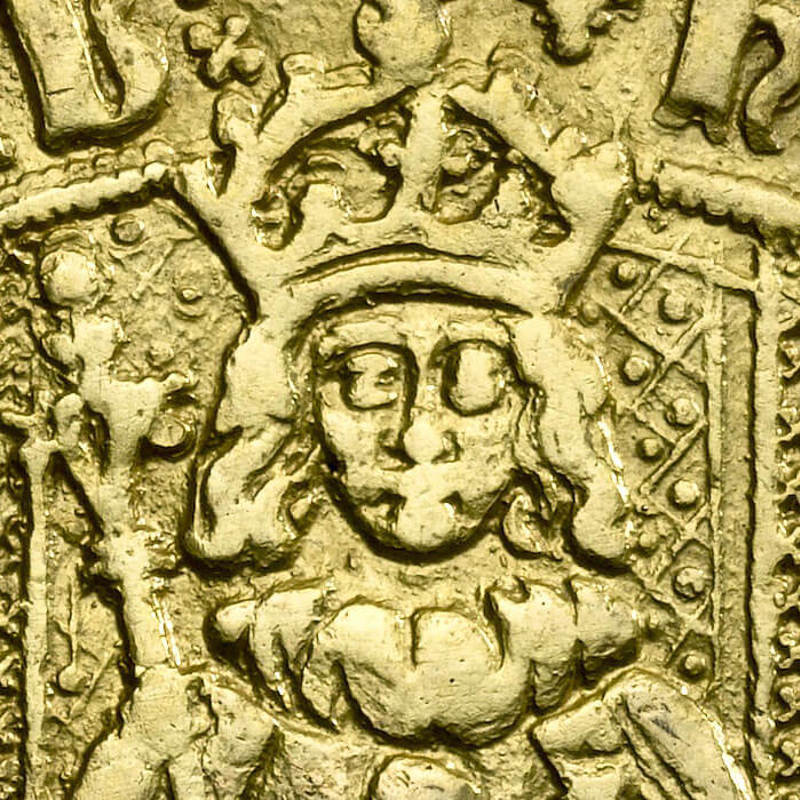William Wyon & the Penny Black
By Douglas N. Muir, Senior Curator, Philately, The Postal Museum
The iconic image of Queen Victoria as seen on the Penny Black, in 1840 the world’s first adhesive postage stamp, is based on the work of William Wyon. It was Rowland Hill who suggested Wyon’s image be used when he proposed methods for the prepayment of postage necessary after his reforms. As Chief Engraver at the Royal Mint, Wyon had created the youthful portrait of Queen Victoria wearing a diadem on the medal to commemorate her visit to the City of London in November 1837, but issued the following year. The portrait was indeed youthful, being based on a sketch from 1834 when she was only 15.
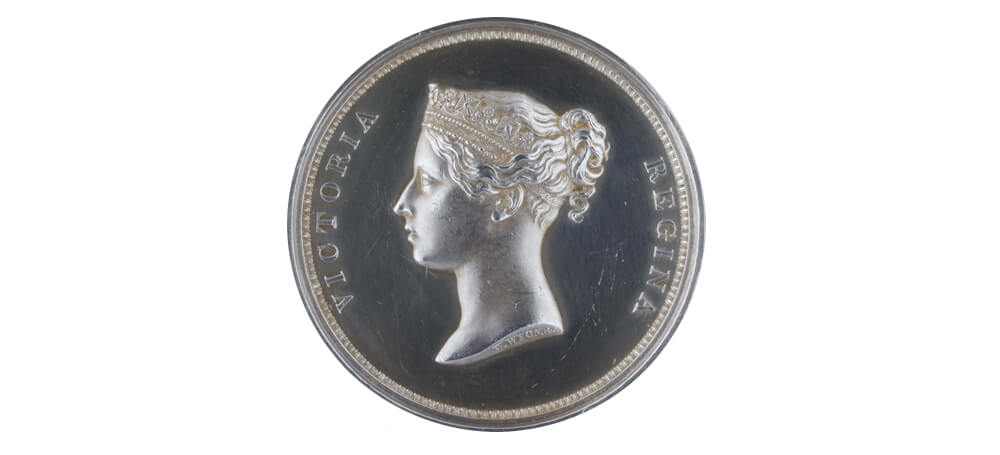
1838. Wyon’s City medal, the basis for the Penny Black
There were to be two versions of “stamps” based on Wyon’s engraving, one printed on the adhesive labels, the other embossed on postal stationery. For the Penny Black (and Twopenny Blue and the later Penny Red) the intaglio printing contract was awarded to Perkins, Bacon who commissioned a drawing from Henry Corbould based on Wyon’s medal. On a background of engine-turning, the head was then engraved by Charles Heath or his son Frederick, although it had to be done twice as the first engraving would not transfer. Legend and corner decoration were added by the printers and the final image was transferred on to plates of 240 to make a sheet worth £1. Individual corner letters were then punched in making every stamp in a sheet unique. The resulting adhesive stamps were valid for postage from 6 May 1840.
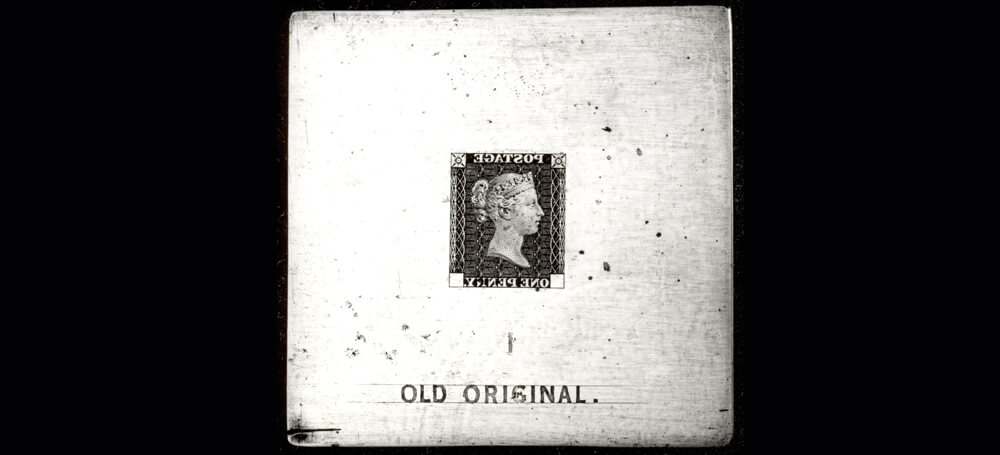
March 1840. The “Old Original” master die for the Penny Black
Although other forms of prepayment were also provided the labels were an instant success and the design can claim to be the most beautiful British stamp ever produced. Some 68 million Penny Blacks were printed before the colour had to be changed to the Penny Red – because the red Maltese Cross cancellation could be removed and the stamp reused. Black cancellations were safer.
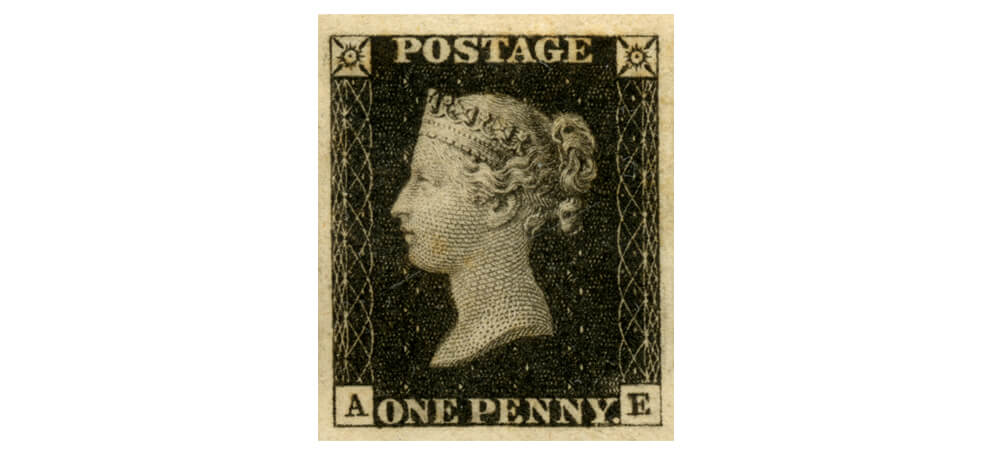
Penny Black
This was not the only use of Wyon’s portrait on stamps, however. At the same time as the Penny Black Wyon himself was asked to engrave an embossed image for use on stamped paper. Problems arose with the printing and this never came to fruition in that format. But it was brought into use on postal stationery envelopes in 1841 after the failure and public ridicule of the previous design by William Mulready. Versions in pink (1d) and blue (2d) lasted for many decades. A few higher value embossed labels also used the same engraving for a short period.
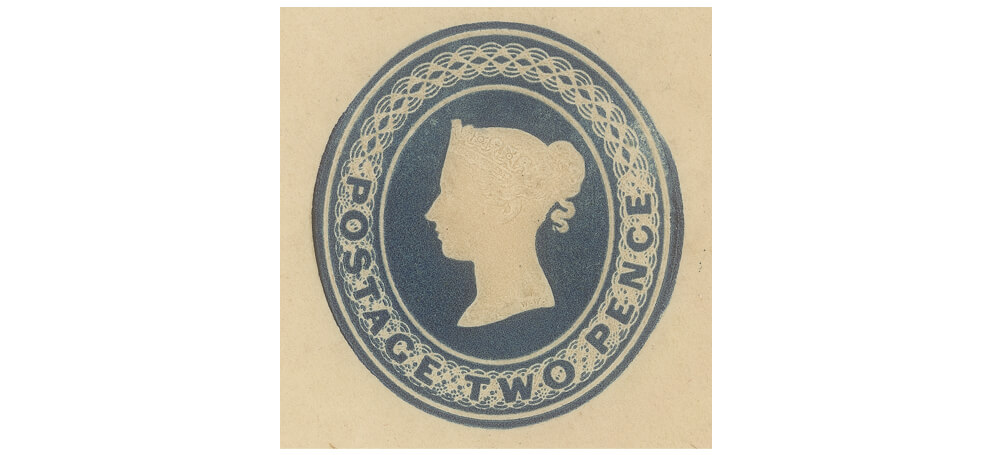
Wyon’s embossed die used on postal stationery
On adhesive stamps, Wyon’s youthful image of Queen Victoria lasted throughout her entire reign, unchanged in its essentials. This was quite different from her portrait on coins and medals where she aged, although this was mirrored in the reign of Her Late Majesty Queen Elizabeth II with the Machin sculpture of Her Majesty on stamps lasting from 1967 to 2022.
All images in this blog are copyright of The Postal Museum
You might also like
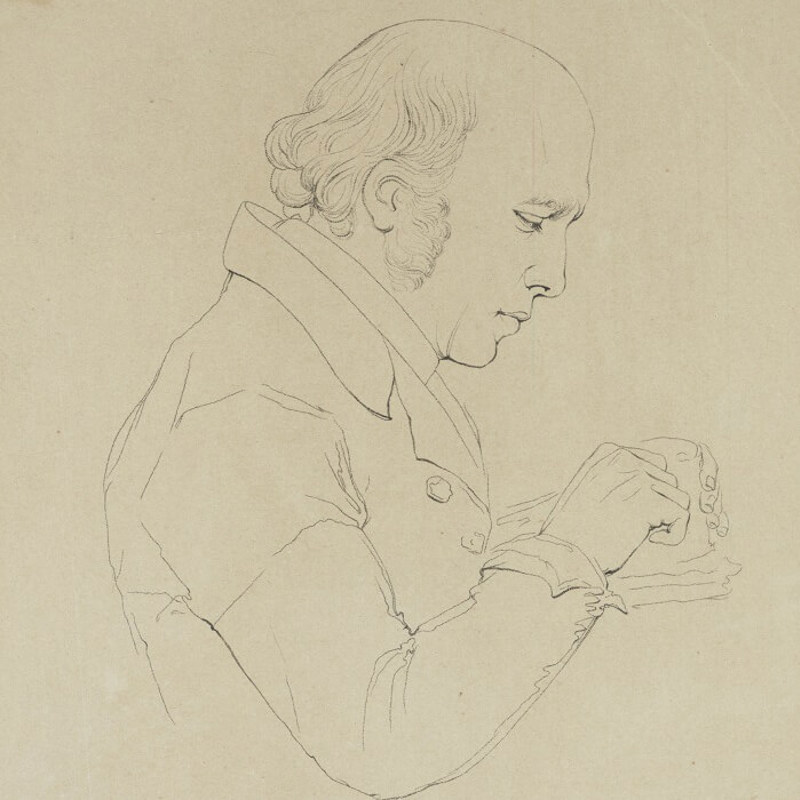
William Wyon
Wyon's enduring reputation rests largely on his coin and medal portraits of Queen Victoria.
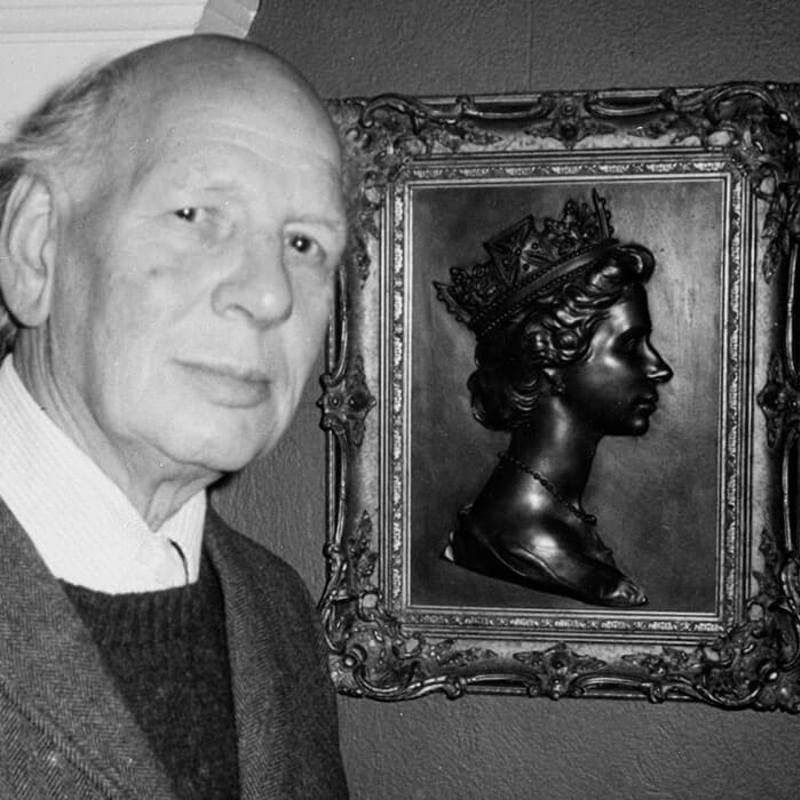
Arnold Machin
Machin designed the royal portrait which featured on United Kingdom decimal coins from 1968-84.
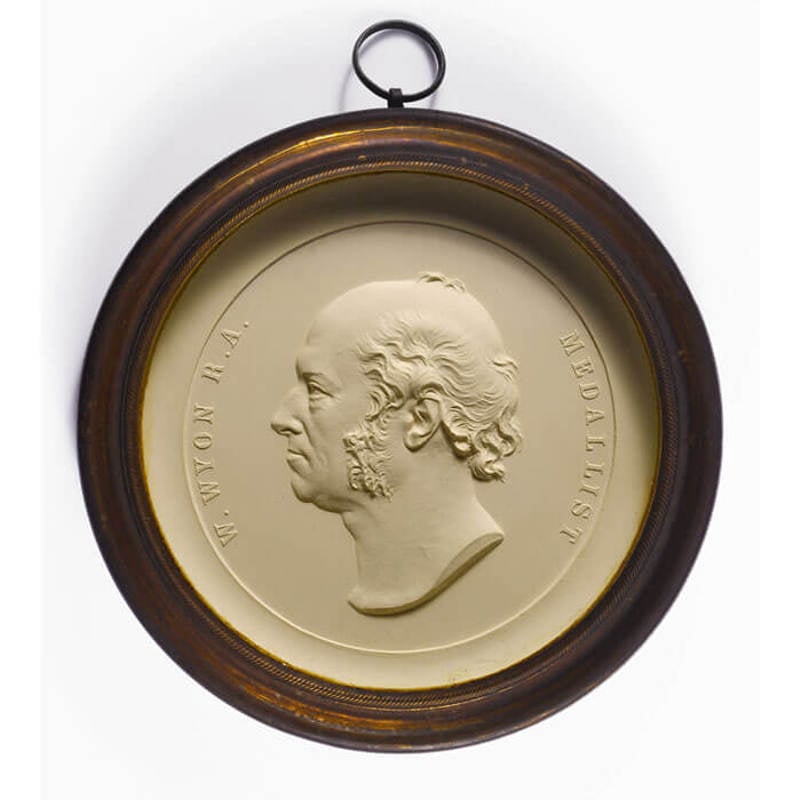
William Wyon collection
The Museum collection houses object relating to one of the finest engravers ever to produce designs for the coinage of Britain.

